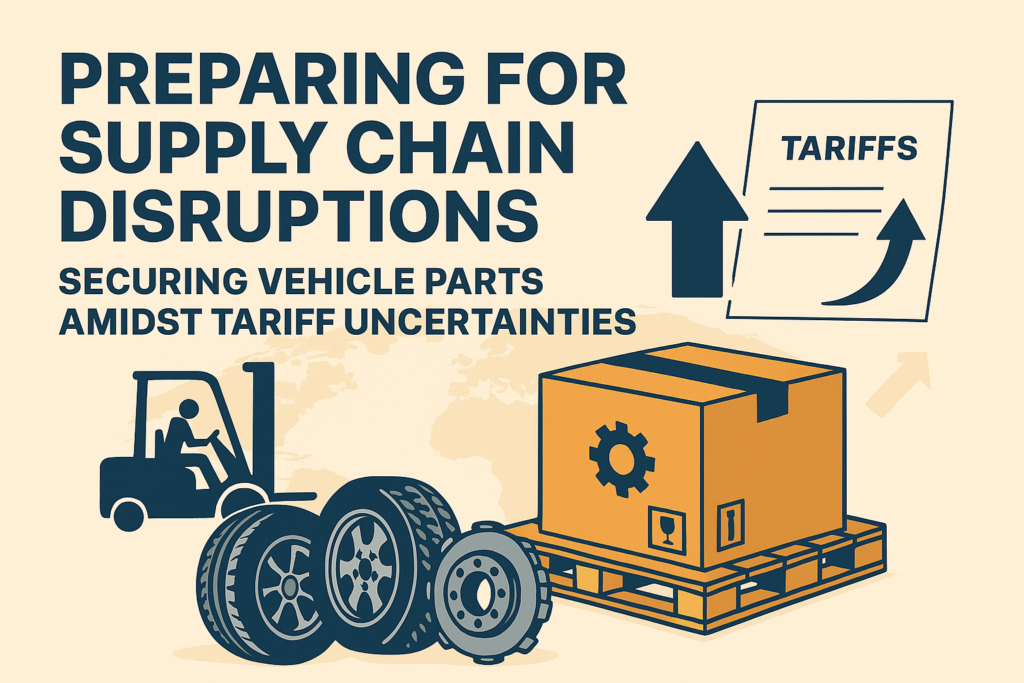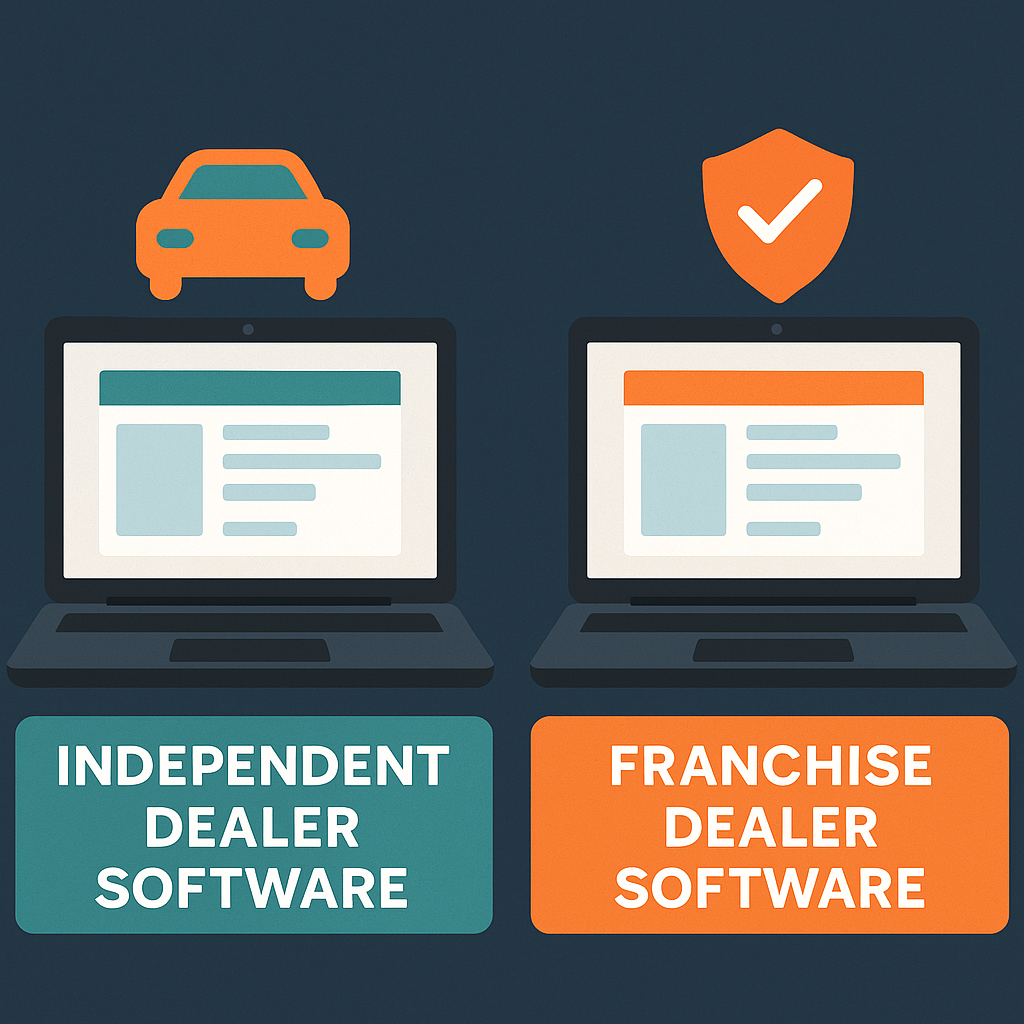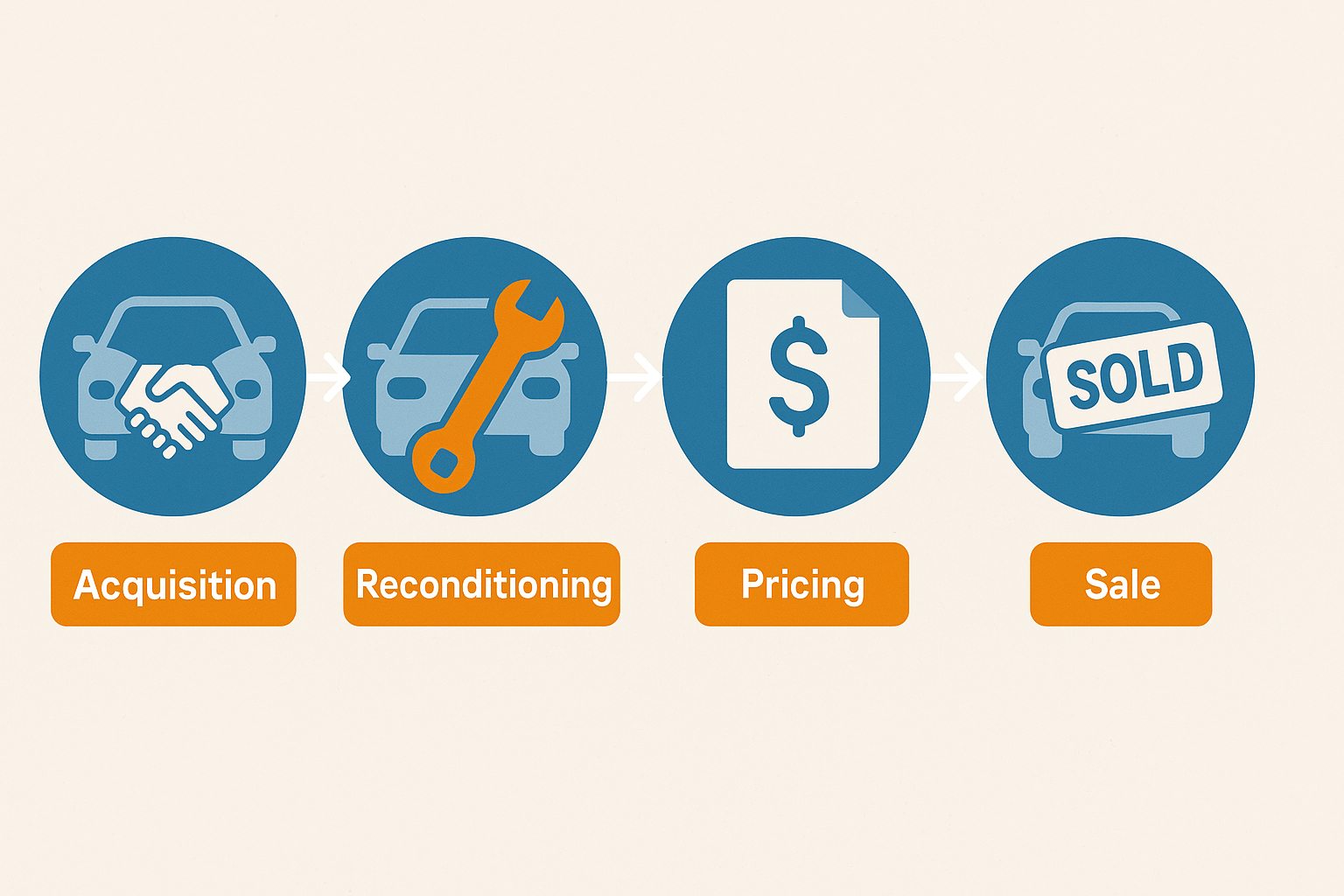Introduction
The automotive industry has always been sensitive to global supply chain disruptions, but the latest tariff changes in 2025 have heightened the risk for dealerships. As President Donald Trump implements higher tariffs on imported vehicles and parts, many dealerships are facing challenges in securing the parts they need to maintain their service levels. In this blog post, we’ll explore how auto tariffs are impacting vehicle parts supply chains and offer strategies for dealerships to adapt to these changes.
How Auto Tariffs Are Disrupting the Supply Chain
The ongoing tariff increase, particularly on parts imported from China and other countries, has created a ripple effect throughout the automotive supply chain. For many dealerships, the most significant impact is on vehicle parts sourcing. According to a recent report by The Wall Street Journal, the price of key components like microchips, tires, and electronic systems has increased by as much as 20% due to these tariffs (wsj.com).
With rising costs for vehicle parts, dealerships may find themselves scrambling to find reliable sources that can deliver the same quality at a more affordable price. This creates a pressing challenge for dealerships that rely on these parts to keep their vehicles running smoothly and maintain customer satisfaction.
The Short-Term Effects of Supply Chain Disruptions
Supply chain disruptions can affect both new and used car dealerships. Some of the immediate impacts include:
- Inventory Shortages: Certain vehicle parts may become difficult to source, causing delays in the repair and reconditioning process. This could lead to vehicles sitting on the lot for longer periods, reducing sales turnover.
- Increased Costs: As parts become harder to obtain, the prices of these components may rise. Dealerships may need to pass on these increased costs to customers, which could affect profitability and consumer satisfaction.
- Longer Repair Times: With parts in short supply, repair times may increase, which could delay vehicle availability for sale. This could impact customer expectations and lead to frustration.
Strategies for Dealerships to Secure Vehicle Parts Amid Supply Chain Disruptions
As the auto industry continues to deal with these uncertainties, dealerships must adjust their parts sourcing strategies to ensure a steady flow of inventory and maintain operational efficiency. Here are some strategies that can help dealerships secure vehicle parts:
- Diversify Parts Suppliers: Relying on a single supplier can expose a dealership to risk when parts shortages occur. By diversifying sourcing options, dealerships can tap into alternative suppliers who may be less affected by tariff-induced disruptions. Consider exploring suppliers in other countries or local markets to ensure a steady supply of critical components.
- Invest in Inventory Management Systems: Investing in a robust inventory management system can help dealerships track parts levels and forecast needs more accurately. With real-time data, dealerships can place orders in advance and avoid running out of essential parts when demand is high.
- Negotiate with Manufacturers: Build stronger relationships with vehicle manufacturers and parts suppliers to secure better terms or priority access to hard-to-find components. This could include negotiating longer lead times or guaranteed parts availability for high-demand vehicles.
- Build Strategic Partnerships: Consider partnering with other dealerships or service providers to share parts and resources during times of scarcity. By collaborating with others in the industry, dealerships can help mitigate the risk of running out of critical vehicle parts.
- Focus on Preventive Maintenance: Encourage customers to schedule regular preventive maintenance to avoid more extensive repairs that could require hard-to-find parts. Offering routine services and maintenance packages can help keep cars on the road longer, reducing the demand for high-cost parts.
Adapting to Long-Term Supply Chain Changes
While the tariff increases and supply chain disruptions may be temporary, the automotive industry will likely face similar challenges in the future. Dealerships that are proactive in adjusting their operations will be better positioned to thrive in a dynamic environment. Key steps for long-term success include:
- Investing in technology to streamline parts ordering and tracking systems.
- Building resilient supplier networks to protect against future disruptions.
- Maintaining a balance between new vehicle sales and service/repair work to ensure a steady flow of income even when new inventory is hard to come by.
Conclusion
As auto tariffs continue to impact the availability of vehicle parts, dealerships must adapt to these disruptions to stay competitive. By diversifying parts suppliers, investing in technology, and building strategic relationships, dealerships can mitigate the risks of supply chain disruptions and maintain a smooth operation. Staying informed about tariff-related changes and adopting proactive strategies will ensure that dealerships can navigate this challenging period and continue to provide excellent service to their customers.






